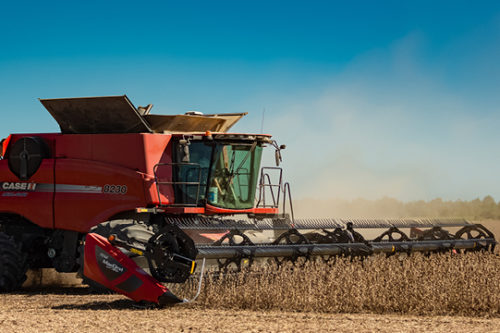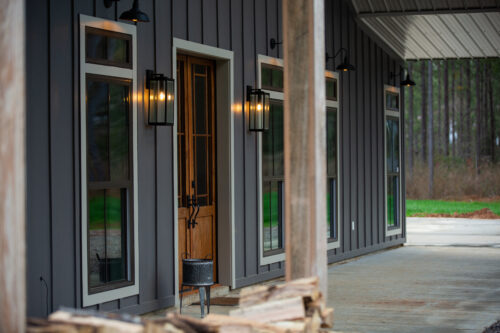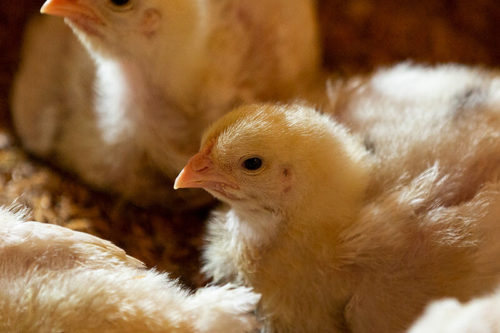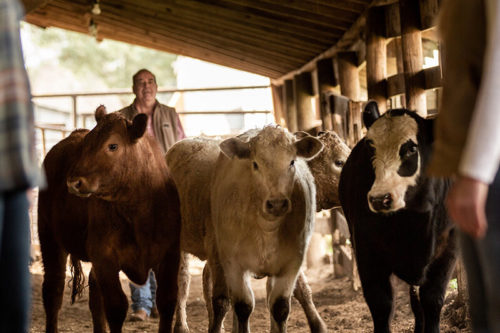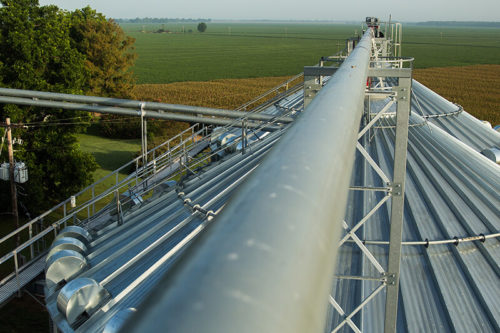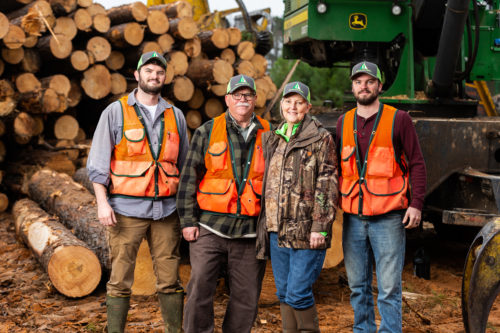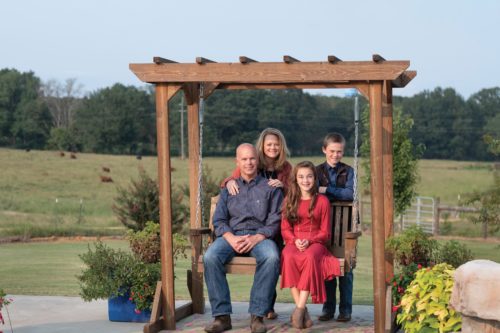Every penny counts on the farm, and with energy costs continuing to rise, money stretches even less than it used to. New technologies have made our farms more efficient, but there are still additional ways to save on operating costs.
Many farmers in Louisiana and Mississippi are adding solar power on the farm to their crop, livestock, and poultry operations.
Solar and Agriculture Co-Location Systems
Agriculture and solar can exist side-by-side in a couple of ways. First, the broad roofs of poultry and livestock houses make a perfect place to install solar panels.
Second is another type of farming system called agrivoltaics. Agrivoltaics involves elevated solar panels that contain agricultural production underneath. By elevating solar panels, they are less likely to be threatened with flooding, crops and forage can be grown, livestock can graze, and habitats for pollinators can flourish.
Benefits of Adding Solar Power on the Farm
Energy Savings
The main benefit for adding solar power on the farm is to save on energy costs. While the initial investment in solar power on the farm is significant, many systems pay for themselves within several years of installation and last for twenty-five years.
Currently, energy companies in Louisiana and Mississippi allow commercial businesses to return excess electricity to the grid to reduce their bills. However, these states do not require energy companies to compensate customers at the full retail rate. Check your utility to see what rate they offer for net metering.
Other Benefits
The U.S. Department of Energy writes, in its Farmer’s Guide to Going Solar, additional benefits of agrivoltaics include the:
- Diversification of revenue stream
- Increased ability to install high-value, shade-resistant crops for new markets
- Ability to maintain crop production during solar generation
- Nutrient and land recharge of depleted soil
- Potential for water use reduction
- Potential to extend growing seasons
Solar Success Stories
Some Southern AgCredit borrower-owners have added solar panels to their barns and seen a reduction in energy costs. For example, Dr. Wallace and Carol Carson received a REAP grant to finance an 82-kilowatt system of 249 solar panels and 10 inverters that will last 25 years and pay for itself in only six. Read more about how the Wallaces and others worked with Southern AgCredit to secure financing for solar power on the farm alongside federal tax credits and USDA grants in Landscape Magazine.
How to Save On Your Solar Power on the Farm
Farmers can use two federal programs to save on the cost of their solar systems: REAP and the Federal solar investment tax credit.
Rural Energy for America Program (REAP)
Enacted by the 2008 Farm Bill, REAP provides small businesses, farmers, and ranchers with grants to improve energy efficiency. This includes new light bulbs, energy-efficient equipment, and solar systems. Grants can finance up to 25 percent of the cost of a project. This includes up to $500,000 for renewable energy projects, and $250,000 for efficiency improvements.
Applications for REAP are open for the 2023 fiscal year, with applications dues on October 31, 2022.
Federal Renewable Energy Tax Credit
The solar investment tax credit (ITC) allows you to claim a percentage of your solar system on your federal taxes. If you are on the fence about solar power on the farm, this may be the catalyst you need: the amount you’re allowed to deduct on your taxes is falling and will continue to decrease. According to the U.S. Department of Energy, here’s how the tax credits are structured:
- 26 percent tax credit for projects commencing construction between January 1, 2020, and December 31, 2022, but placed in service before 2026 (before 2025 for projects commencing construction in 2020 and which use the IRS continuity safe harbor. See below for further detail on “continuity safe harbor”).
- 22 percent tax credit for projects commencing construction between January 1, 2023, and December 31, 2023, but placed in service before 2026.
- 10 percent tax credit for projects commencing construction after December 31, 2023, or placed in service after December 31, 2025.
Read the Guide to the Federal Investment Tax Credit for Commercial Solar Photovoltaics to learn everything you need to know about qualifying for the tax credit.
Speak With Southern AgCredit About Your Farm’s Financing
If you’re a farmer in the north western parishes of Louisiana or in the central to southern part of Mississippi, we offer financing that can be used for operational improvements like solar panels. To learn more about our farm loans, contact us using the form below.


